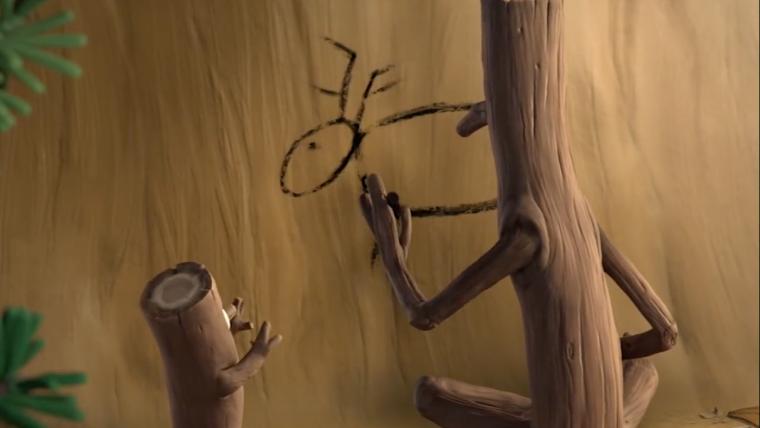
The studio breathing life into South African animation
The early days were tough for Stuart Forrest. When he started Triggerfish Animation Studios in 1996 he had almost no financial support. Convincing investors that there was potential in South African animation felt like an impossible task. But Forrest was determined. Putting his future at risk for a goal only he seemed to see clearly, he took money from wherever he could find it. Bank loans. Credit cards. Friends and family. It’s a good thing his vision was true.
Triggerfish is now the largest animation studio in Africa, and a place where Forrest and his team produce world-class content. Aside from enduring constant financial uncertainty in the beginning, they’ve had to remain patient with the scale of their work. It took a decade of working on Takalani Sesame, the South African version of the popular American pre-school series, before Forrest was granted funding for his first feature film, Adventures in Zambezia. Those early years of grinding it out weren’t without value. They allowed the Triggerfish crew to grow in confidence and develop their technique and creative concepts. Forrest and company now have the movie scene down. Both Adventures in Zambezia and their second full-length movie, Khumba, rank in the top five highest-grossing South African films ever.
“The South African animation industry has not always enjoyed the success that it’s enjoying today,” Forrest says. “We’ve worked tirelessly to make this industry amazing. It’s having a strong vision that kept us going and kept us focused on what we know we can achieve.” The recognition of Triggerfish’s ability is global, with the studio winning Best Animation at the prestigious UK BAFTA Children’s Awards this year for their series of shorts, Revolting Rhymes, which is based on the writing of Roald Dahl and Quentin Blake. Forrest’s journey from obscurity to ovation has been incredible. He hopes his story inspires more youngsters to pursue careers in the arts, which are often seen as having less intellectual value than the sciences. He’s certainly proven that wrong.
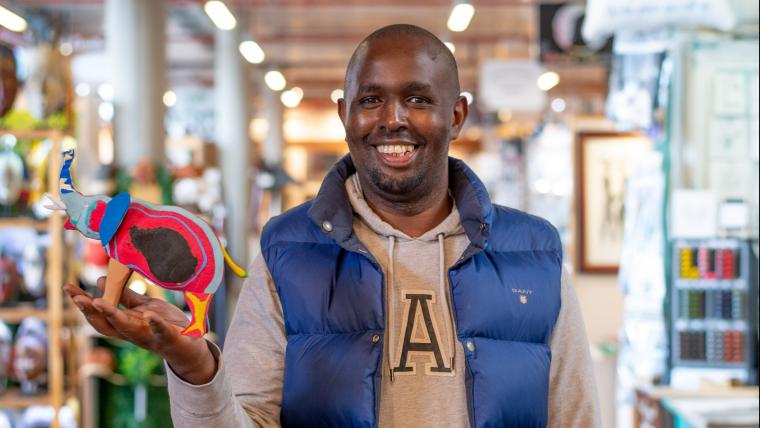

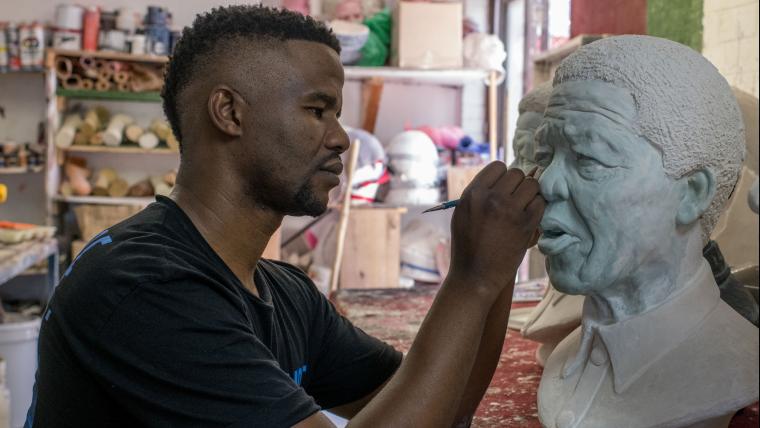
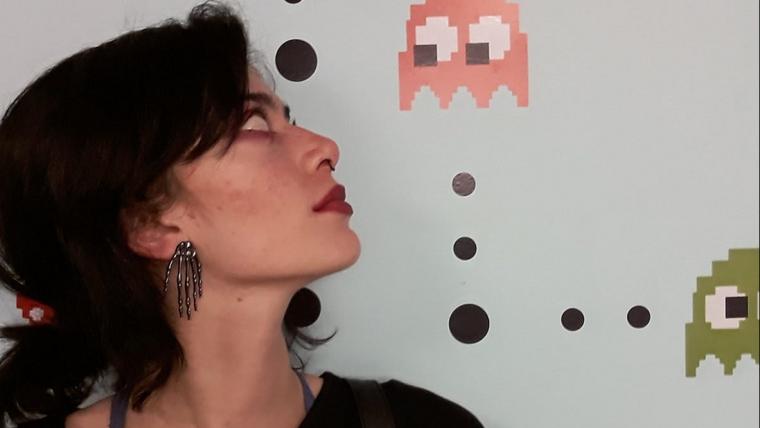





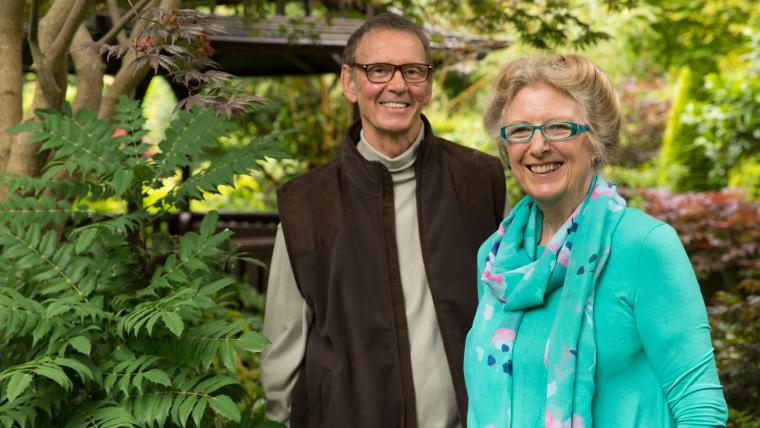




















Please sign in to leave a comment